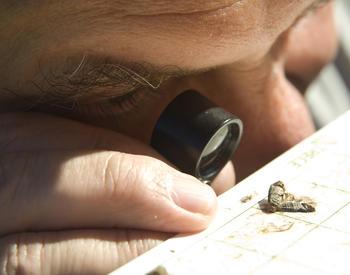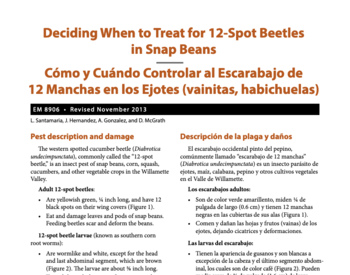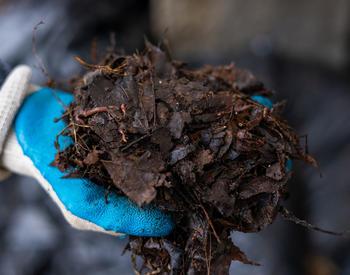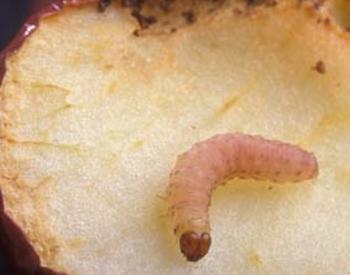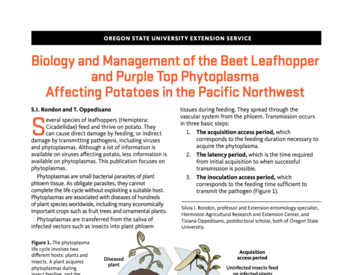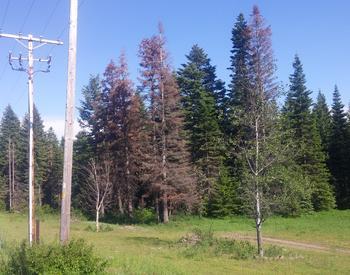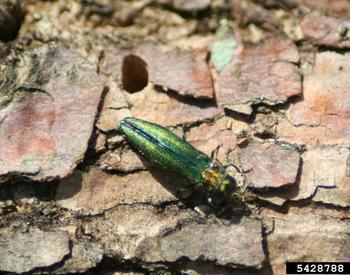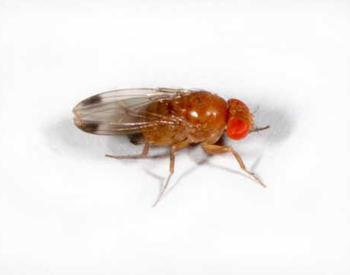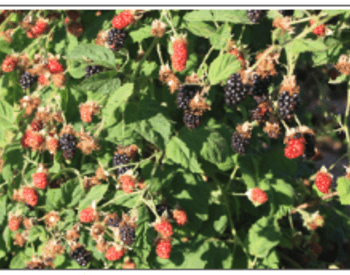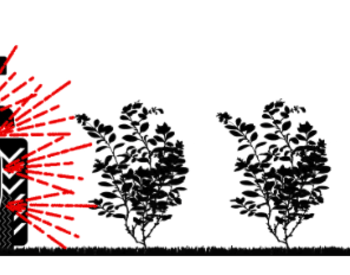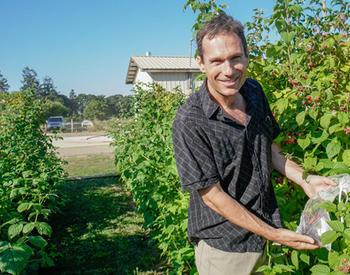Most true flies (from the order Diptera) are small, soft-bodied insects. Many are transmitters of disease, bloodsuckers on livestock, and pests of cultivated plants. However, many are useful scavengers and important predators or parasites of various insect pests.
Flies are easily distinguished from other insects because they have only one pair of wings: the front wings. The second pair of wings is reduced to small, knob-like structures called halteres, which they use for balance in flight.
In the common names of Diptera, such as house fly, the word fly is written separately from the preceding word, while in other orders the word fly is combined with the preceding word – for example, dragonfly, sawfly or stonefly.
Fly larvae can be found in all sorts of habitats, including streams, ponds, soil, plant tissue, decaying plants, or animal matter.
Family Tipulidae (crane flies)
Crane flies have long legs and most resemble overgrown mosquitoes, However, they do not bite. Crane flies will grow to an inch or more. They are found chiefly around ponds and streams bordered by high grass. Crane-fly larvae live in these aquatic environments. The adults are thought to feed on flowers. Two kinds of crane flies have larvae that feed on plant roots, especially lawns.
Family Culicidae (mosquitoes)
This family contains mosquitoes. These blood-sucking insects can transmit several human diseases, such as malaria, yellow fever, West Nile virus, and encephalitis. Only the female mosquito sucks blood from humans, wild animals, and birds. The male mosquito feeds on nectar and other plant juices. Mosquito larvae are called wrigglers and live in the stagnant water of ponds, rain barrels, and drainage ditches. They feed on algae and other small aquatic plant life. Larvae can be controlled in water by Bti (Bacillus thurengiensis israelensis).
Family Tabinidae (horse and deer flies)
This group contains several vicious blood-sucking flies. Only the females suck blood. The males feed primarily on pollen and nectar. Horse flies are generally larger than deer flies and are powerful fliers with a flight range of several miles. The large dark-colored horse flies found in many parts of North America are slightly over an inch long and are often serious pests of cattle. Deer flies are about a half-inch long, brown in color and have dark markings on the wings. These insects are frequently found around lake beaches, streams and ponds. They buzz around people's heads and get into their hair.
Family Asilidae (robber flies)
Robber flies are large insects. Most have a long, tapered abdomen, strong legs and a stout thorax. The face is hairy and looks like a beard. They are highly predaceous and often attack insects as large or larger than themselves, including dragonflies, grasshoppers and wasps. Like dragonflies, they capture their prey in flight but must land to eat.
Family Syrphidae (syrphid, hover and flower flies)
These flies closely resemble bees and wasps and are often mistaken for them. However, syrphid flies do not sting. The name flower flies is derived from the fact that these flies are often found hovering around flowers and actually feed on nectar and pollen. An interesting syrphid fly larva is the rat-tailed maggot, so-called because of a long tail-like extension from the rear of the abdomen. The rat-tailed maggot lies in shallow pools of contaminated water and uses its tail, which is actually a breathing tube, to obtain air above the surface of the water.
Family Drosophilidae (fruit flies)
These flies are small, usually not more than 3/16-inch long, They are yellowish-tan in color and are usually found around decaying vegetation and fruit where the female fruit fly lays its eggs. The larvae feed on yeasts growing in the decayed fruit. One species in this group, Drosophila melanogaster, has been used extensively in studies of heredity and genetics because of its short life span and ease of rearing. This vinegar fly is a common pest in the kitchen.
Family Tachinidae (tachinid flies)
Members of this family are numerous and beneficial because they are all parasites on other insects. Most tachinids parasitize the larvae of Lepidoptera, sawflies or beetles. The female tachinids lay their eggs directly on the body of their host. Upon hatching, the tachinid larvae burrow into the host and eat the internal organs. An insect parasitized by tachinids is almost always killed eventually. Tachinid flies are usually as large or larger than house flies and for the most part appear hairy.
Family Calliphoridae (blow flies)
Most blow flies are about the size of a house fly, or a little larger, and many are metallic blue or green. They are commonly referred to as green bottle or blue bottle flies. Many blow flies are scavengers, the larvae living in carrion, excrement and similar materials. The most common species are those which breed in carrion. These species lay their eggs on bodies of dead animals and the larvae feed on the decaying tissues of the animals. To most people a dead animal seething with maggots is a nauseating thing but it should be remembered that these insects are performing a valuable service to man in helping to remove dead animals from the landscape.
Family Muscidae (house and muscid flies)
This family contains a number of common species that are injurious to both man and animals, The common house fly which spreads typhoid fever, dysentery, cholera, anthrax and other diseases, is in this group, Both stable fly and horn fly bite livestock and cause serious weight losses through their bloodsucking habits. Another fly in this group is the tsetse fly found in Africa whose bite causes sleeping sickness and other diseases in man and animals. Most of the flies in the family Muscidae breed in filth of all kinds including dung, decayed vegetation or garbage.



